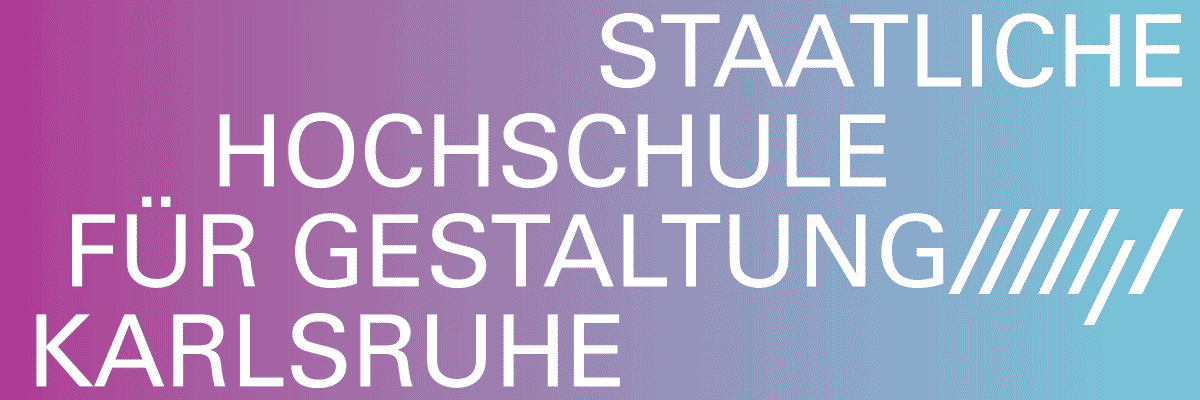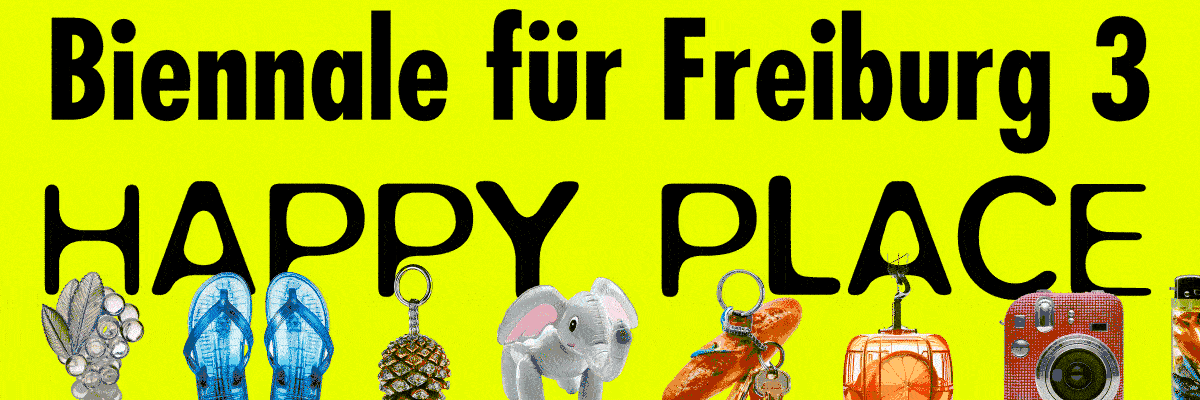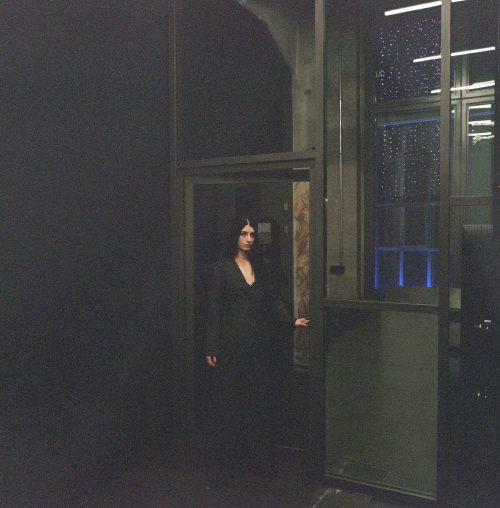
Wagehe Raufi
The Borrowed House - Shell in Transition
Project Info
- 💙 Kunsthalle zu Kiel
- 💚 Muriel Meyer
- 🖤 Wagehe Raufi
- 💜 Muriel Meyer, Kunsthalle zu Kiel
- 💛 Jens Gerber
Share on

Installation View: Video, 13:54min loop, on an LED wall divided into four 1.5 × 3 m window panes (total area: 6 × 3 m; pixel pitch: 2 mm). Audio via outdoor loudspeakers, interior subwoofer, and tactile transducers mounted on window glass
Advertisement

Installation view (detail)

Installation view (side): Staircases 1–5 and blue staircase

Installation view (detail)

Installation view (detail)

Installation view (detail)

Installation view: Window intervention and site-specific glass application

Installation view: Window intervention and site-specific glass application

Installation view (detail): tactile transducers mounted on window glass

Installation view (side): Lighting Intervention, Color foil applied to interior lighting fixtures; appears red from outside as daylight fades.

Installation View: The Borrowed House – Shell in Transition (2025) and Ornamental Hermit (2022), Video works presented as a continuous 13:54-minute loop on an LED wall.

Installation view: Lighting Intervention, Color foil applied to interior lighting fixtures; appears red from outside as daylight fades.

Installation view: The Borrowed House – Shell in Transition (2025) and Ornamental Hermit (2022); Video works presented as a continuous 13:54-minute loop on an LED wall.

Installation view (side): Staircases

Installation view (detail)

Installation view (side)

Installation view (Video): Video loop on an LED wall with Audio via outdoor loudspeakers, interior subwoofer, and tactile transducers mounted on window glass

installation view (detail)

installation view (detail)

Video still
What can buildings and their architectures reveal about our basic human need for shelter? What about the buildings that are designed to house artists or artworks? In a world where sanctuaries are disappearing, we search for shelter as a hermit crab looks for a home. In Kiel, the Berlin-based artist Wagehe Raufi (b. 1990) pursues these lines of enquiry with a site-specific installation that continues her exploration of experiences with and relationships between analog and digital spaces.
The Borrowed House — Shell in Transition is the first in a series of pop-up exhibitions programmed by Kunsthalle zu Kiel during a period of closure, as the museum undergoes renovation. In her installation, Raufi will transform a LED video wall sited at the entrance of the Kunsthalle into a colorful, sensory terrarium. In this work, a hermit crab without its shell finds refuge in the glass atrium of the museum, a heritage-protected structure that freely mixes architectural styles from 1909 to 2012.
Raufi’s practice brings together and collapses the boundaries between physical objects and digital imagery. Using 3D scanning methods such as photogrammetry, she digitizes real objects and places them in virtual worlds, which she then extends using sculptural elements. Her works are not fixed, but are instead evolving compositions comprised of pixels, textures, fragments and materials such as textiles, agar-agar and color pigments. Her new work in Kiel combines computer-generated video imagery with field recordings made in the empty museum building and its surroundings. Transmitted via loudspeaker, these sounds vibrate throughout the unpeopled spaces of the museum. Sculptural objects with thick, organic-seeming skins appear to grow and take over the space. These various elements come together to create a complex habitat made up of natural space, the closed Kunsthalle, a transparent terrarium and digital imagery.
The exhibition also presents Ornamental Hermit (2022), alongside a newly produced video work The Borrowed House — Shell in Transition (2025). In these works, Raufi has created a virtual protagonist, a kind of alter-ego who experiences crises of belonging and non-belonging in their search for a home.
In Ornamental Hermit , a digitally-rendered hermit crab moves into an abandoned shepherd’s hut, similar to the one that was the artist’s temporary home while on a residency at the former artists' colony in Willingshausen in 2022. The creature becomes a psychological symbol for existential conditions such as loneliness and alienation. While trying to find a home, the hermit crab battles with separation, rejection and exhaustion. The shepherd’s hut, with its tired furnishings and unusual noises such as creaking floorboards, takes on a life of its own.
Next, in The Borrowed House — Shell in Transition , the hermit crab sets off in search of a new home and discovers an abandoned art gallery near the Kieler Förde. The animal wanders among the motifs of paintings that once hung in the Kunsthalle zu Kiel, which now only exist in the form of ghostly images. As it moves through the building, it continues its search for an ideal shelter. Perhaps the snail-shaped central stairwell could be its home?
In Raufi’s rendering, the hermit crab searches for a way forward its usual without antennae, with only a keen awareness of uncertainty and an overpowering urge to move. His deprived condition embodies the fragile state of art in a world in which its sanctums are increasingly vanishing. The glass atrium of the Kunsthalle becomes a home for a creature seeking shelter, and a symbol of art’s survival.
Muriel Meyer, Kunsthalle zu Kiel



